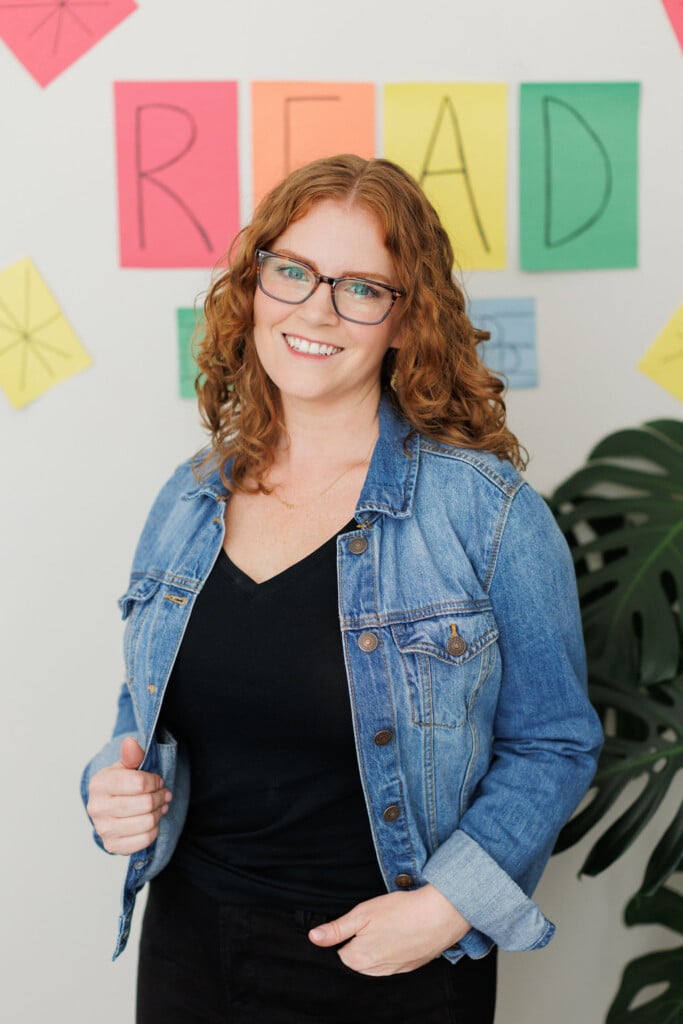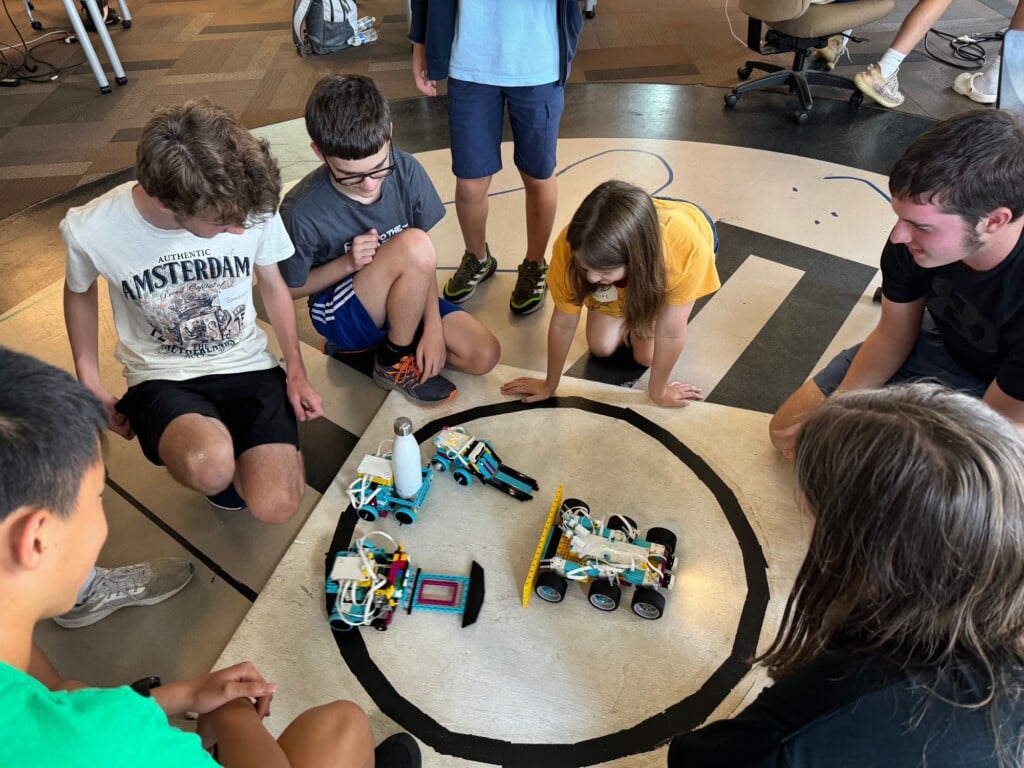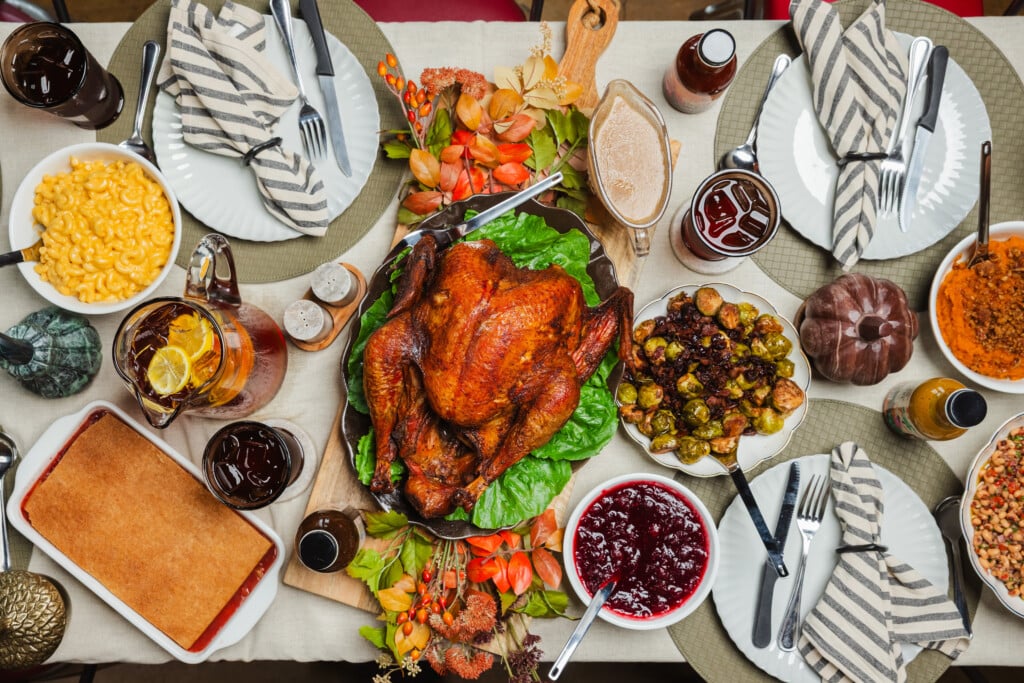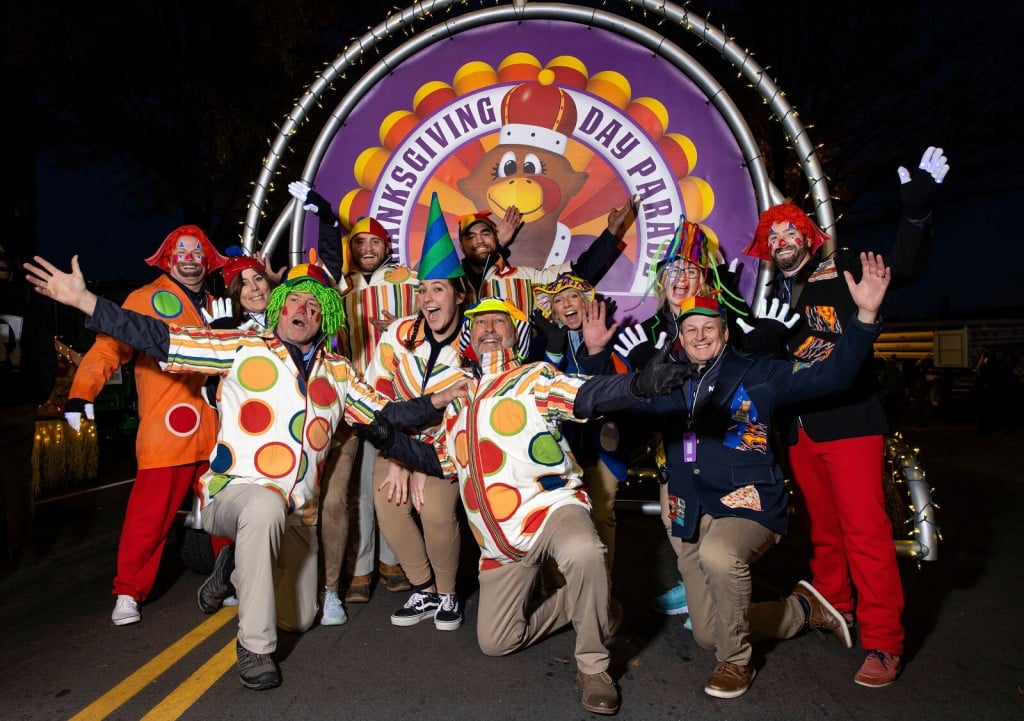ASK A MOM: YouTube Learning Hubs, Holiday Finances, and Thumb-Sucking
Molly Grantham tackles your parenting questions
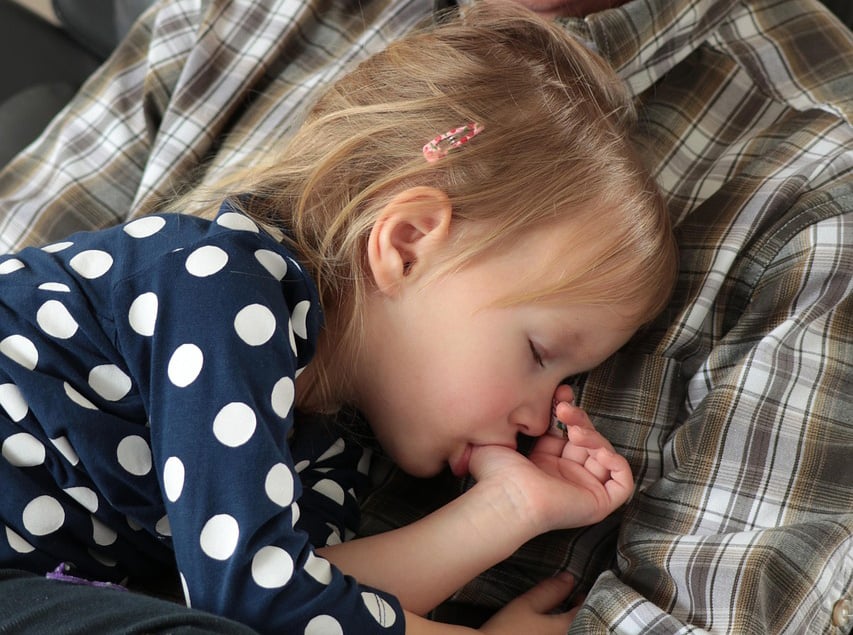
Q: Kids are 12, 9, and 7. What are some good YouTube channels that are entertaining but not just complete brain rot?
A: Honestly? I don’t like any of them. Even YouTube Kids, which is marketed directly to children.
My opinion has more to do with my screen-addicted middle child (Hutch, 11) than YouTube itself. He can watch waves crash to quiet music on the iPad, and I’d still think it’s unhealthy. There’s no intentionality with his viewing. He’s not getting on YouTube for one show or one channel. He’s an aimless clicker who likes constant, instant gratification. While he can start on a supposedly age-appropriate channel, he’ll click things that link to other things and still get access to videos I don’t like.
But, you asked for specifics on what is appropriate. I dug in deep on this one. Education for us all.
In my research the last two hours, I’ve realized it’s perfectly reasonable to let 7, 9, and 12-year-olds use YouTube—if you set ground rules. There are a handful of high-quality channels. You can also use YouTube’s “restricted” mode, create approved-only playlists, watch together, and keep screen time balanced with real-life interaction.
I talked for 90 seconds into ChatGPT to give a multi-paragraph prompt. (The more specific the prompt in ChatGPT, the better the answers.) It spit out six channels to trust. I checked each one personally. Clicked around and watched lots. All seem like they could be a good part of an educational media plan:
• SciShow Kids (science for the elementary ages): Looks to make science fun and accessible by focusing on science questions kids ask. “Why does thunder happen?” or “What’s inside a volcano?”
• Crash Course Kids (structured science/ecology): Educational series covering earth science, ecology, biology. Mid-elementary viewers in mind.
• National Geographic Kids (nature, global curiosity): Think animals, nature, geography; building broader curiosity about the world.
• Art for Kids Hub (creative, hands-on activity via screen): If your kids like drawing or crafts, this gives screen-adjacent activities (draw along!) rather than just passive watching. **After reviewing, I’ll let Hutch try this one.
• TED-Ed (ideas and deeper topics for tweens): For 12-year-old tweens, with thoughtful, well-produced short videos on cultures, history, science. More complex.
• AsapSCIENCE (witty science): Older-kid/teen-friendly; fun science facts and explanations. (I suggest previewing to ensure the tone fits your values.)
Each article also reemphasizes how YouTube isn’t a substitute for play, reading, or real-life interaction, but can be useful if supervised and curated. Screen time is never about perfect content—when it’s not being used intentionally, the risk of “brain-rot” goes up. This is why clear time limits are important. Things like “You get YouTube for ___ minutes after homework and outside play” or “after you help me clear the dinner table.”
Most articles also suggest turning off “autoplay” for younger viewers. Algorithms will wander. Even “good” YouTube can lead down a rabbit hole. YouTube isn’t supposed to be a babysitter; watching with your child is important. (I learned the hard way. I’m doing way better with my 5-year-old than I ever did with Hutch.)
As a bonus for you, ChatGPT listed seven other recommended channels. I didn’t vet all these, but am passing them on:
For Elementary Ages:
- The Dad Lab: Fun science projects, often with household items, inviting participation/imagination.
- PBS Eons: History/natural science content; covers “ancient Earth” and extinct creatures.
- Kids Learning Tube: Songs/animations on science/geography.
For Tweens:
- Kurzgesagt – In a Nutshell: Big-idea animations—cosmology, evolution, future tech, philosophy. Skews older; curious 12-year-old can handle.
- Veritasium: Science/engineering deep dives exploring “why” and “how.”
Family-Friendly/All-Ages (with supervision):
- Learn Bright: Academic-leaning channel for kids and pre-teens (history, science, big concepts).
- Amy Poehler’s Smart Girls: Empowering with girls/tweens/teens. Positive role modeling + content that goes beyond facts.
Q: Hi Molly! Money is tight this year for a variety of reasons and I already know we’re going to have a scaled-back Christmas. What’s the best way to tell friends (and my kids) that we won’t be participating in as many holiday activities (i.e. Polar Express, ice skating, etc.) this year without inviting more questions about our financial situation?
A: What you do with your family over Christmas is no one else’s business. What you spend and your financial situation is also no one else’s business. So, if someone asks, “Why aren’t you going to the Polar Express this year?” answer generically and warmly, but you don’t have to give any details. Something like, “We’re choosing to have a scaled back holiday and spend more time at home with each other.”
Anyone with social wherewithal will realize the conversation is over. You gave the clues and created a boundary. If they continue to pursue the line of questioning, don’t feel like you need to expand. It’s your life, your family, your budget, your decision.
Also, there is zero shame in having financial difficulties. Most families do at some point in their lives, if not for most of their lives. For what it’s worth, I think you should be given credit for recognizing each year is different. Rather than spend what isn’t there, you’re pre-planning and trying to think smartly. Kudos to you.
As for telling the kids… you didn’t mention ages, but you can use a similar generic, warm response like, “We want to focus on being together at home this year.” You can get out board games, create family nights, make homemade cards, bake and decorate cookies together, etc. Last year our family did a “Goals for the year ahead” after Christmas that centered more on words and concepts than resolutions. You could pose questions for them to think about before Christmas to be thinking about, then set a night (with hot chocolate and something special at home) where everyone unveils their thoughts.
There are lots of ideas on how to create family fun within your own walls without having to spend hundreds going out.
Q: My little one is 5.5 and just started Kindergarten and she’s still sucking her thumb. I thought she was done with it or just sucking her thumb at night…but I just caught her for the second day in a row! I’ve tried everything: reward charts, bandaids, gloves, and even that bad-tasting nail polish… Do any of you have any tips?
A: “Thumb sucking is a very common comfort behavior for young children and a difficult habit to change,” says Dr. Anna Wood with Novant Health in Charlotte. “The American Academy of Pediatrics recommends intervening after a child turns 5 because thumb sucking at this age can affect oral development. It is not a defiant behavior, more a comfort strategy and way for children to self-soothe during times of stress, fatigue, or boredom.”
Dr. Wood says many common triggers for thumb sucking make the habit hard to break. “Kids will suck their thumbs before falling asleep at night or in the car, or while mindlessly watching a TV or tablet. Sometimes when they feel overwhelmed, shy, or tired.”
She has five steps to try:
- Children at this age love to be included in the conversation. Try discussing your concerns by bringing attention to the habit to help them become more aware of the issue. They may not even realize they are putting their hands to their mouths.
- Thumb sucking is usually a way to calm down nervous systems. Try to help your child find new ways to feel calm and grounded. Give them a small stuffed animal or blanket, a fidget toy or a sensory chew necklace can also work. Practicing deep breathing before bed or during times of stress can also work.
- This age group thrives on positive attention and acknowledgement. Instead of sticker charts or rewards, try giving them specific praise when you notice they are putting in effort.
- Positive feedback will always be more helpful than negative feedback so avoid getting frustrated or instilling punishments when thumb sucking occurs. This can be a hard habit to break, but it will resolve.
- Nighttime thumb sucking can be the last phase to go. Cozy routines like reading their favorite book, snuggling, and back rubs or tickles can help them to feel calm in the same way.Thumb sucking is a common concern for parents; not a negative sign of immaturity. Kids will be able to move past it and eventually gain confidence in their ability to soothe themselves with the right support.
With that, November’s column is now live and published. I started these columns in mid 2020. Sixty-five columns later, we’ve answered lots of questions and I hope at least some of it has been helpful.
You guys can always email me: molly@mollygrantham.com and please, follow my newsletter—“Molly’s Minute”—by going to www.mollygrantham.com/signup.
—Molly
MOLLY GRANTHAM is a four-time Emmy Award-winning journalist, speaker, author, and mom of three. Follow her on Facebook or Instagram, or visit mollygrantham.com.

